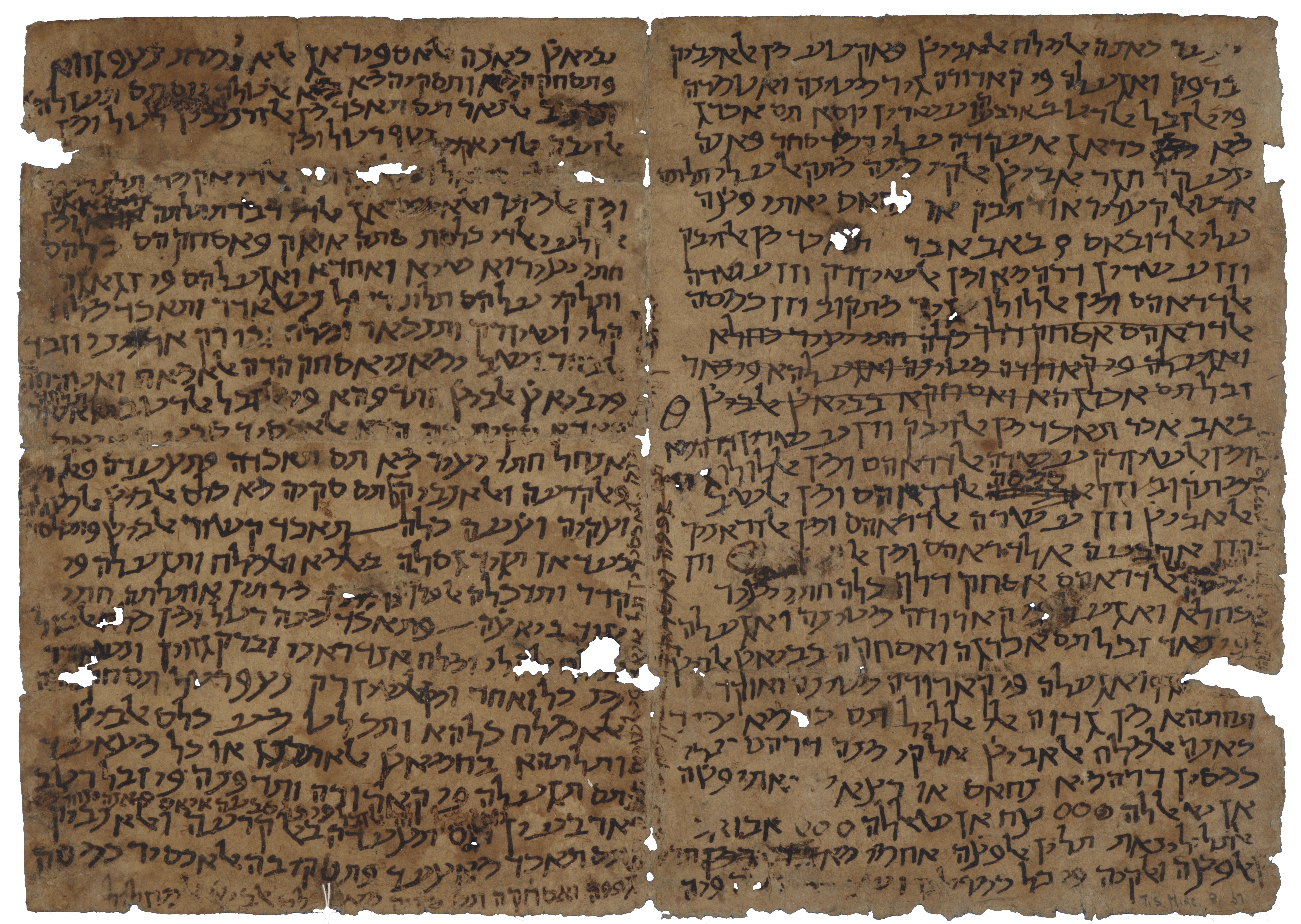Throwback Thursday: Fragments of alchemy in the Genizah

T-S Misc. 8.51 (P1, verso): A collection of practical alchemical recipes, including a prescription for the production of silver.
Thu 14 Oct 2021
Our Throwback Thursday this week is taken from issue 62 of the printed edition of Genizah Fragments, published in October 2011, by Gabriele Ferrario.
Providing a satisfactory definition of the meaning of the word ‘alchemy’ seems to be as challenging as pursuing one of its final goals: the transmutation of base metals into silver and gold. It is a multifaceted discipline that can be looked at from different points of view: alchemical texts can resemble cookbooks, obscure allegorical poems, philosophical treatises, raw instructions for laboratory technicians, and every combination of these elements. Beginning in ancient Greece, it is possible to follow the path of alchemical doctrines and practices up to present times, through an itinerary that calls at Hellenistic Egypt, the Islamic states, medieval Latin and vernacular Europe, the Renaissance, up to the psychological-psychoanalytic approach to alchemical imagery attempted by Jung and his school. Alchemists through the centuries have consistently considered Egypt as the centre of their art: Hermes is said to have chosen Egypt as his final residence, where he brought the secrets of alchemy from Babylon and carved them in an emerald plate which was found in his tomb, the famous Tabula Smaragdina. The very word alchemy was believed to derive its etymology from one of the ancient names of Egypt, (Khem, ‘the black land’, ‘the land of Egypt’), even if a Greek derivation from a root linked to the meaning of solving is more plausible. Among the recurrent claims that can be found in alchemical texts in Greek, Arabic, Latin and other languages, one of the most widespread is the idea of the pre-eminence of the Jews in the so-called ‘sacred art’. This is true, for instance, in the Greek and Arabic corpora of texts attributed to Zosimus of Panopolis (early 4th century CE) where he states that he derived all his knowledge from the teachings of a certain Mary the Jewess, who lived in Egypt and possessed the secrets of the alchemical art; the same is valid for later European alchemists who loved to adorn the covers of their books with Hebrew characters and, probably under the influence of the phenomenon known as Christian Cabbala, believed in the alchemical mastery of almost all the biblical prophets. The actual role and involvement of Jews in alchemy is still a much debated issue among academics, however, and this became particularly clear after the publication of Raphael Patai’s book The Jewish Alchemists. In his attempt to do justice to the role of Jews in alchemy – which in Patai’s opinion was deliberately underestimated after the affirmation of the Haskalah movement – Patai takes it to the opposite extreme: in his parade of Jewish alchemists, he lists many non-Jews and extends the borders of alchemy to include works that have nothing particularly alchemical nor indeed Jewish about them. The scholarly reaction to Patai’s assumptions pointed to the lack of any original contribution of the Jews to alchemy, which was a fashionable art in the societies in which Jewish communities lived during the Middle Ages, but never won real interest among them. As in many other fields, the material preserved in the Taylor-Schechter Collection stands as the primary source for our understanding of the place of alchemical doctrines and practices in the life of the Jewish communities in Medieval Egypt and the Mediterranean basin. Following a preliminary listing of the Genizah fragments of alchemical content by Prof. Gideon Bohak, I am now examining these texts in the light of my previous research on medieval Arabic and Hebrew alchemy. With a rough total of one hundred pieces, the alchemical fragments in the T-S Collection are relatively few, but they represent a unique source for our understanding of how alchemy was perceived, transmitted and practiced among the Jews of Cairo. As a provisional note on the material that I have examined so far, I would like to stress the mainly practical and operative character of most of it, which is devoid of theoretical explanations or allegorical figurations and takes instead the form of recipes and instructions for experimental processes to be conducted within the alchemical laboratory. In this regard, the alchemical tradition represented by the Genizah fragments in Cambridge appears to be closer to the original and pseudepigraphic works of the 10th-century Persian alchemist and physician Muḥammad ibn Zakariyā al-Rāzī and in particular to the operative portions of the book that gained wide fame in the Latin West under the title Liber de aluminibus et salibus. Much research remains to be done, but thanks to the opportunity presented by my work in the T-S Unit, I am excited by what the fragments from the Genizah may tell us about the alchemical arts of the Jews of Egypt.
Add new comment